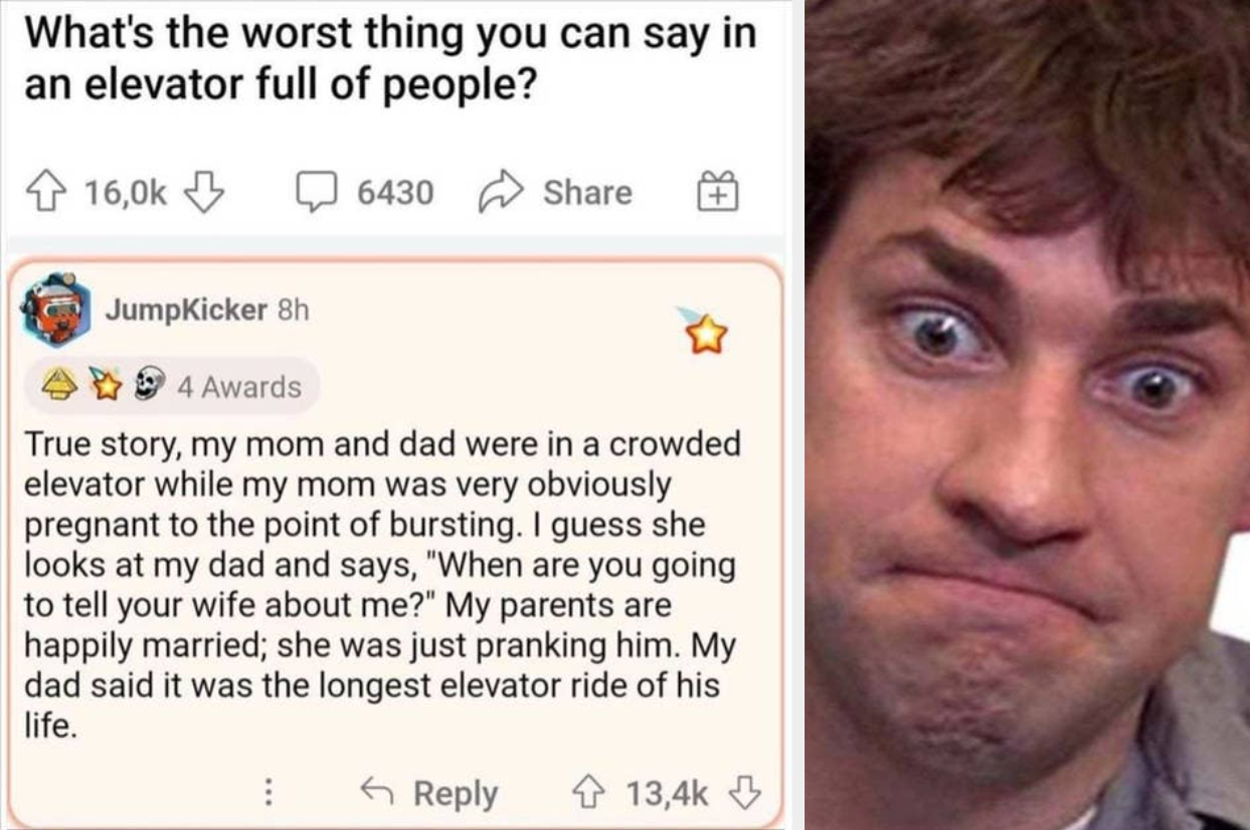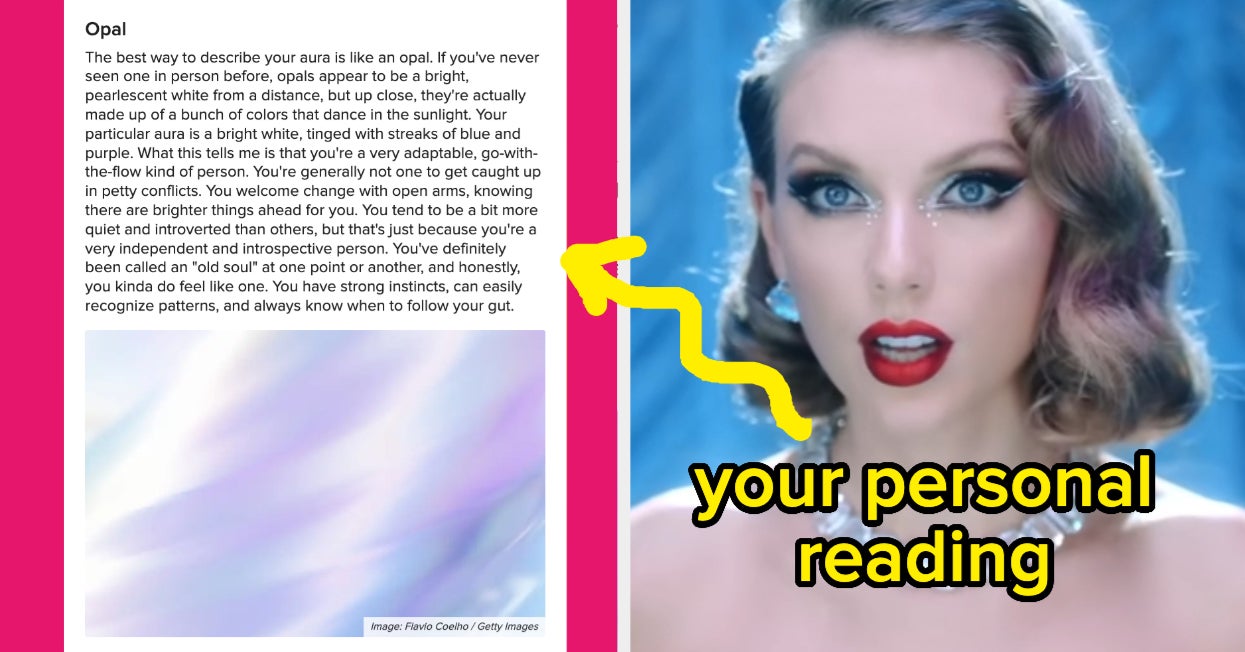Hey,
this is number 300 of my article recommendation summaries. It’s crazy to see where this project is now compared to when I started: I always read a lot of resources and missed some sort of summary. Back then, I was blogging more often myself and so I just published my first summary on my blog. Quickly after, I realized that this makes more sense for many people to get it via email and I started using TinyLetter for my first 12 subscribers. It grew quickly to about 100 subscribers and then onwards to 500. At some point Vitaly Friedman from Smashing Magazine asked me whether I wanted to publish the summaries on their site as well and I agreed. This gave the project a huge boost and I had to switch to the self-hosted Mailcoach + Amazon SES sending service which served me well until this year. Today I send out the mails via Mailcoach and SES to 19k subscribers. I’d never thought this would reach so many people and am humbled by the feedback and reviews I get. Over time, my own focus changed a bit but writing this newsletter is still fun and I want to do this for many more editions.
One last thing: I rely fully on your financial support with this project so if you can give something back from time to time, I appreciate it a lot.
I hope you enjoy my work on this and now will give you another few articles I found interesting to read the past weeks:
News
- It feels like there was a shift in the development of WebKit and Safari. The engine and browser are getting better fast. At WWDC22, Apple released even more cool features: Web inspector extensions, container queries, web push for macOS, subgrid, and more.
Generic
- Jack Ellis elaborates on the question whether Laravel or PHP can scale. Everyone who heard or worked with PHP surely heard how awful PHP is from other people. But then, why is most of the web powered by PHP, even some of the largest platforms like Facebook? It’s a very powerful, professional language with a huge ecosystem and it can be used to serve fast, efficient, reliable and readable codebases. I’ve seen a couple of Python services, node.js services and others that were quite inefficient and I’ve myself built a lot of websites and even some platforms with PHP that were blazing fast while serving a lot of customers. It’s always about how you use a language and how you plan (architect) a platform.
- I couldn’t agree more to Bramus here that dark mode toggles should be a feature of the browser, not by the website. It’s a lot of effort to build them right and then the user still has to find them on the web page and either needs a login for saving the setting or redo the setting from time to time.
UI/UX
Tooling
CSS
- Adam Argyle shares what’s new and upcoming in CSS this year and it’s amazing to see how powerful the web is becoming. Alone
color-contrast()is such an amazing feature that helps building better and more accessible products, but there are so many more cool things likesubgrid,@layer, relative colors,accent-color,inert,:has()… - Ahmad Shadeed shares a learning resource on CSS Subgrid, a great addition to Grid that lets us inherit the parent’s grid settings to child elements.
- We can use multi-colored fonts in browsers since 2018 already but here’s an explainer how to apply
COLRfonts nicely with CSS@font-palette-values. - New selectors in CSS can make our life much easier and code more readable. Here’s a step by step when to use
:where(),:is()and:has()for what purposes. - This is a short and nice example of CSS evolving over the years: A short code for a centered, flexible container where used to write media queries and hacky code before.
- This article gives us another example of all the helpful CSS stuff which comes to web browsers very soon. With the new object-view-box property, we can define the view box of an image directly.
Work & Life
- While there are plenty of open job offers for web developers, it is not always easy to find the right job for yourself. Leo Liou made the experience that big tech companies paid him a bigger salary, but he never found fulfillment there. It is a good read for everyone thinking about a job change. Although I think the article ends way to negative and definitive (“[…] because I learnt nothing there”) but it has some very valid points I can confirm from a couple of projects and companies as well. Choose well and if you’re not happy it’s time to change.
- Sometimes we can achieve more by doing less. In this vein, Thomas Scott gives us five simple productivity tips.
- I was invited by Wes Bos and Scott Tolinski to their syntax.fm podcast to share my story of becoming a part-time market gardener. This was much fun so if you’re into podcasts, enjoy this one hour work-life happiness discussion.
If you like this newsletter, you can contribute here. Thank you!
Anselm
Source link





Leave a Reply